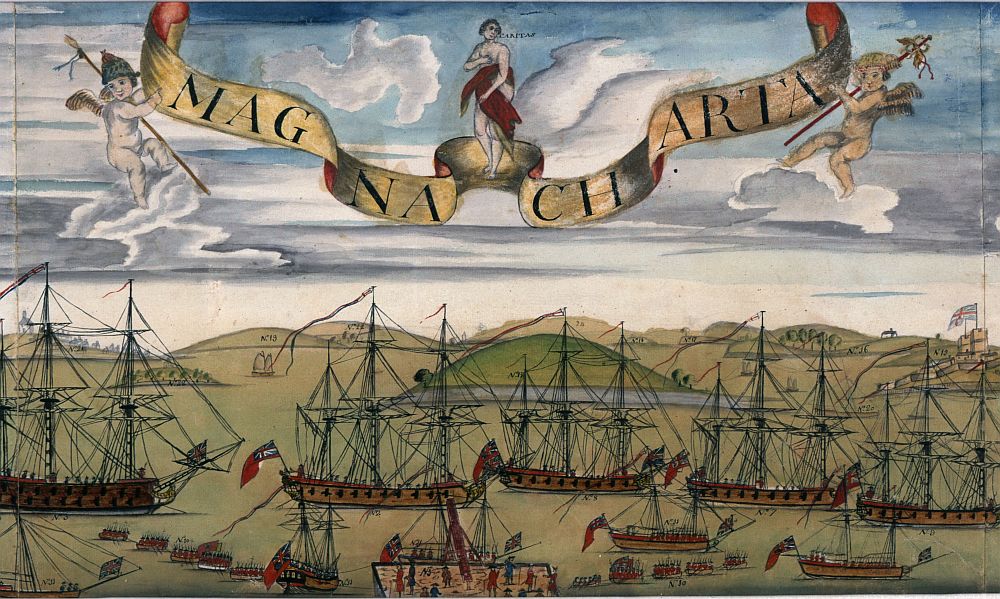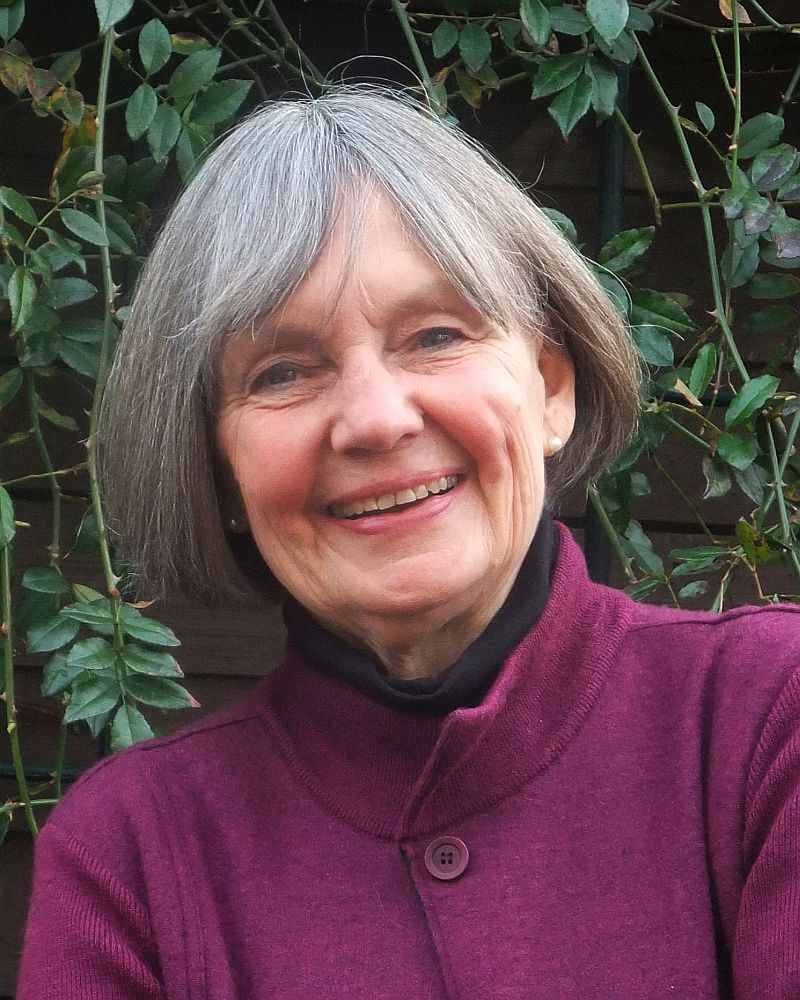PUBLICATIONS OF THE COLONIAL SOCIETY OF MASSACHUSETTS
VOLUME LXXXV
Donald R. Friary, President
Daniel R. Coquillette, Vice President
Celeste Walker, Vice President
Robert J. Allison, Vice President
Leslie A. Morris, Recording Secretary
Martha J. McNamara, Corresponding Secretary
Thomas Appleton, Treasurer
COMMITTEE OF PUBLICATIONS
Kenneth P. Minkema, Chair
Robert Charles Anderson
Mary Bilder
Donald R. Friary
Christopher M. Jedrey
Celeste Walker
EDITOR OF PUBLICATIONS
John W. Tyler
PORTRAIT OF A PATRIOT
THE MAJOR POLITICAL AND LEGAL PAPERS OF JOSIAH QUINCY JUNIOR
PORTRAIT OF A PATRIOT
The Major Political and Legal Papers of Josiah Quincy Junior
EDITORS
DANIEL R. COQUILLETTE
J. Donald Monan, S.J. University Professor, Boston College
Charles Warren Visiting Professor of American Legal History, Harvard Law School
NEIL LONGLEY YORK
Karl G. Maeser Professor of General Education
Chair, History Department, Brigham Young University
1 volume six 3
Correspondence and Published Political Writings
boston · 2014
The Colonial Society of Massachusetts
Distributed by the University of Virginia Press
ACKNOWLEDGMENTS FOR THE QUINCY PAPERS
This series of volumes represents the tireless and invaluable work of our research and administrative assistants: Brandon Bigelow, Kevin Cox, James Dimas, Jane Downing, Natalia Fekula, Eric Fox, Michael Hayden, Elizabeth Kamali, Michael Morales, Ryan Morrison, Thomas J. Murphy, Christina Nolan, Nicole Scimone, Brian Sheppard, Susannah Tobin, Elisa Underwood, and Mark A. Walsh, with special recognition to the Editorial Assistants to the Boston College Monan Chair, Brendan Farmer, Charles Riordan, and Patricia Tarabelsi, and to Inge Burgess and Thompson Potter at Harvard. Their intelligence and enthusiasm are visible on every page. Of course, we are deeply in debt to John W. Tyler, Editor of Publications of the Colonial Society of Massachusetts, as well as to the Committee of Publications, without whose guidance and support this project would have been impossible. Finally, special thanks are also due to the guardians of the Quincy heritage: the Massachusetts Historical Society with its enormously helpful Librarian, Peter Drummey, and his staff, the Museum of Fine Arts, Boston, and the Quincy family itself.
FRONTISPIECE:
The Frontispiece shows the middle panel of a watercolor triptych painted by Christian Remick in 1768, “A Perspective View of the Blockad of Boston Harbour;” watercolor on laid paper; dimensions: 32.6 cm x 155.5 cm.; courtesy of the Massachusetts Historical Society.
The figure above the center of the banner featuring Magna Charta represents an innocent young woman, trying to cover herself as she urges “CARITAS”—Latin, signifying affection or respect. She is flanked by cherubs, the one on the left holding a spear symbolizing war, the one on the right holding a caduceus, the classical symbol for the herald’s staff, or a message from the Gods. Remick’s image is a warning that trade would be disrupted and peace shaken with Boston’s occupation by British army and naval forces. The left panel, not included here, includes three more British warships. In the right panel, Remick explained in a scroll superimposed over flags, spears, trumpets and drums, that he did the painting as if looking out from town over the long wharf. Paul Revere’s more famous engraving of the event—which Remick may have drawn and colored—looks from the harbor toward town, with the troops disembarking.
Copyright © 2014 by the Colonial Society of Massachusetts
isbn 978-0-9852543-3-9
Printed from the income of the Sarah Louise Edes Fund
JOSIAH QUINCY JR.
Political and Legal Works
VOLUME SIX
CORRESPONDENCE AND PUBLISHED POLITICAL WRITINGS
CO-EDITORS:
Daniel R. Coquillette
Neil Longley York
VOLUME EDITOR:
Neil Longley York
“Manus haec inimica tyrannis
Ense petit placidam, sub litertate quietem.”
ALGERNON SIDNEY
[This hand, hostile to tyrants seeks with the sword peace under liberty]
DEDICATION
Pauline R. Maier
1938–2013
My co-editor, Neil Longley York, has kindly invited me to write the dedication of this volume, his work. This is the final stage of our six volume, nine year journey together. We both intensely admired Pauline R. Maier. Indeed, without her steadfast and enthusiastic support as Chair of the Committee of Publications of the Colonial Society, this journey might never have begun, and this volume never written.
It was typical of Pauline to appreciate at once the value of Josiah Quincy Jr.’s young life. It was cut off brutally in 1775, at the outset of his great promise as a Founder and a leader of the new American Republic. In the Preface of her magisterial The Old Revolutionaries, Pauline wrote that the book was “[A] personal adventure. . . . I wanted to know better what it was to be an American of the late eighteenth century and to live through the American Revolution . . . I was confident that I knew the revolutionaries’ politics well, yet I had only a very limited sense of them as people. . . .”1
Josiah Quincy Jr., of course, never lived “through the American Revolution.” His Atlantic voyage in March and April of 1775, while he was fatally sick with tuberculosis, to deliver important secrets for the patriot cause, put an end to that.2 But Pauline understood at once that Quincy’s papers, a treasure trove of diaries, letters, law commonplace books, and law reports (arguably the earliest law reports in America), presented a unique opportunity to see “all sides” of a brilliant leader—to really get to know Josiah Quincy as a patriot and a person, and to have the invaluable opportunity to see the birth of the American Revolution through his eyes.3
Much has been written about the trend in modern historical writing to “prosopography,” describing key historical events through the “face” (Greek, “prosopan”) of a key individual.4 Pauline was a master of this genre, not just in her pioneering The Old Revolutionaries, but in her great later books, American Scripture: Making the Declaration of Independence (New York, 1997), and the award winning Ratification: The People Debate the Constitution (New York, 2010). This went hand in hand with Pauline’s intense dedication to working with original sources: letters, diaries, newspaper articles, and other direct accounts. That in turn led to her unwavering devotion to the Colonial Society’s mission in preserving such sources. In her final days, Pauline was immersed in exactly this type of deeply personal and exacting research, preparing what would have been another one of her great books, this time focusing on the draftsmen of the Bill of Rights.
Much has also been written about another great strength of Pauline’s work, its “synchronic” style, i.e., her ability to focus on key historical events and to explain these events from all angles, including ideology, politics, economics, literature, religion, race, and gender.5 Pauline would have laughed at the scholarly jargon of “prosopographic” and “synchronic” history, but she instinctively appreciated why historical writing should be both deeply personal and unfettered by the old limitations on what the proper “topics” of history should be. Why? Because Pauline was the consummate teacher. Both a great archivist and a great scholar, she still understood perfectly that history must be communicated powerfully to the next generation, or it is a dying enterprise. The magic of modern technology has preserved some of Pauline’s finest teaching hours for us, none more powerful than her two hours with the Harvard Extension School students of our distinguished colleague, Robert J. Allison.6 Pauline made the drama, the hopes and fears, the frustration, and the triumph of the Revolution and the early Republic come alive in the classroom as the struggle of actual men and women. Seeing them as real people, with all their failings and limitations, rather than as mythological Founders, makes their cold courage and stubborn idealism all the more compelling. This was Pauline’s great gift.
Thus she naturally and instinctively understood why a major project, restoring to historical life a figure such as Josiah Quincy Jr., was essential to promoting better understanding of the Revolution. Indeed, Quincy’s contributions, heretofore largely inaccessible to all but the most dedicated scholars, directly address one of Pauline’s fundamental theses: the division of our Revolutionary leaders into distinct “generations.” She observed that “[t]he Old Revolutionaries were a generation of American politicians born in the 1720s and 1730s who reached a natural plateau of power and influence four decades later,”7 exemplified by Samuel Adams (born 1722), Isaac Sears (born 1729), Dr. Thomas Young (born 1731), Richard Henry Lee (born 1732), and Charles Carroll (born 1737), and brought to life by her book, The Old Revolutionaries. The next “generation,” the “Founding Fathers” who drafted the Constitution of 1789, were, as Stanley Elkins and Eric McKitrick put it, “the young men of the Revolution,” illustrated by Pauline by James Wilson (born 1742), John Jay (born 1745), James Madison (born 1750/51), and Alexander Hamilton (born 1757).8
But Josiah Quincy’s life and works provide uniquely valuable insights into both generational worlds. By birth date, 1744, he was a “young man of the Revolution,” in the generation of John Adams, not Samuel Adams, and he would have doubtless taken his place among the Founding Fathers had he lived, as Benjamin Franklin observed to his grieving father, who survived him.9 His father wrote his epitaph:
Here rests in humble Hope, his mortal Part,
Who, when alive, possess’d a patriot Heart.
A Statesman’s Head, with Wisdom’s Maxims fraught,
By which, the Old might learn, the Learn’d be taught.
Few better skill’d, the Ship of State to steer. . . .”10
But, like the older generation, Quincy’s life peaked in 1775. Thus his extraordinary collection of writings, journals, law notes, law reports, articles and letters reflects that epoch, caught like a bug in amber at the very outbreak of the Revolution, pure of the intellectual and ideological complicatoins brought on by the War itself and its aftermath. When Pauline focuses in The Old Revolutionaries on the importance of “[t]heir experience between 1764 and 1776,” she is talking about Quincy’s political life, and when she praises “[s]uccessful revolutionary leaders” as “not violent and irresponsible anarchists but political persons of intense discipline for whom the public cause purges mundane consideration of self,” she is describing Josiah Quincy himself.11 Thus Portrait of a Patriot: The Major Political and Legal Papers of Josiah Quincy Junior, and particularly this last volume, addresses Pauline’s two “generations,” the “old Revolutionaries” and the “young men,” the “Founding Fathers,” on both of which she focused her brilliant work and teaching. So what could be more appropriate than to dedicate this final volume to her?
One final word. How can one express adequately the value of true colleagueship and friendship? Pauline’s bright, smiling face at every meeting, her inexhaustible enthusiasm, and her loyal care and concern for all her students and fellow historians were legendary. Pauline’s historical subjects, and certainly Josiah Quincy, were concerned with legacy and immortality. They knew that life was short, but that the ripples of a life well and generously lived go on. They go on in family, in institutions, and in colleagueship, forever. How true of Pauline.
Daniel R. Coquillette



